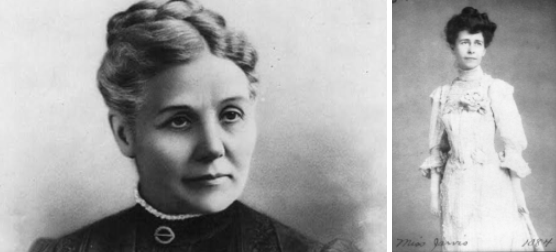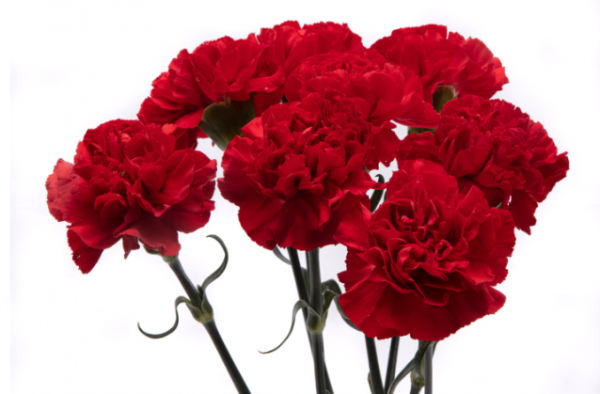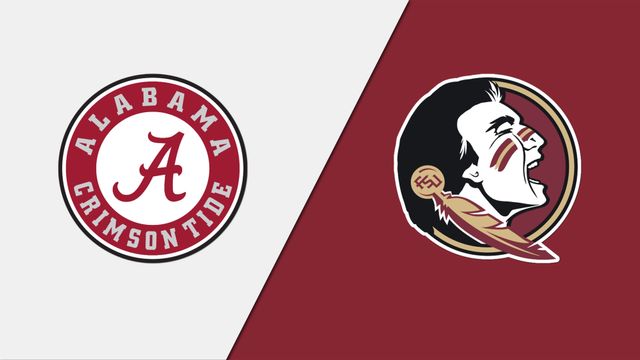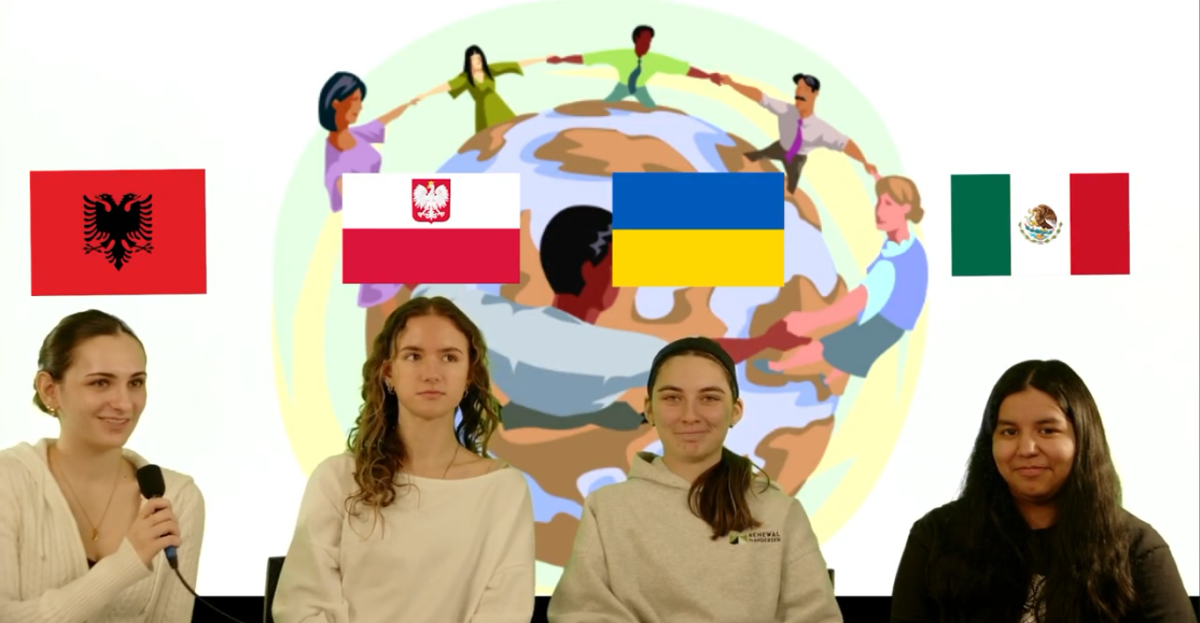Introduction
Mother’s Day is coming up, and it’s important to always be grateful for your mom. As you know, your mom is always there for you. This year, Mother’s Day is on May 11, as it is always celebrated on the second Sunday of May. But have you ever wondered how Mother’s Day started? In this article, you’ll learn about the history behind this special holiday.
How did Mother’s Day start?
It all started with Ann Jarvis and her daughter, Anna Jarvis, who established the holiday to honor her mother. Ann organized “Mother’s Work Clubs” and promoted “Mother’s Work Days,” when women would work together to collect trash and undertake other projects to improve local environmental conditions and their neighbors’ understanding of hygiene. After Ann Jarvis’ death, her daughter, Anna Jarvis, set out to honor her mother’s legacy by establishing a national Mother’s Day on the second Sunday in May, the day her mother had died. She chose white carnations as an emblem and urged people to write heartfelt letters of gratitude to their mothers (in Anna Jarvis’ eyes, sending a pre-printed card didn’t count). President Wilson issued a proclamation for the first national Mother’s Day just before the start of World War I in 1914.

First official Mother’s Day in 1914

When Mother’s Day became a national holiday in the US, people celebrated it as a day to express love and reverence for mothers. President Woodrow Wilson called for a public expression of this love. The focus was on recognizing and honoring mothers for their roles in families and societies. The first day they celebrated it was to take the form of displaying the American flag on government buildings and private homes “as a public expression of our love and reverence for the mothers of our country.” Traditionally, vendors sold carnations for churchgoers to wear, red for those whose mothers were living and white for those whose mothers had died. Some families would gather around to honor their mothers with sincere appreciation. Then, years later, they started giving gifts to their mothers, such as cards, flowers, chocolates, and other presents. Later, it became a concern to Anna Jarvis, who believed it had lost the original meaning of the holiday.
Fun facts about Mother’s Day

Mother’s Day Came Before Father’s Day: Mother’s Day was established in 1914, while Father’s Day wasn’t officially recognized until 1972.
Phone Calls: More phone calls are made on Mother’s Day than on any other day of the year.
Holiday: Mother’s Day is the third most popular holiday in the world, after Christmas and Easter.
Restaurants: Mother’s Day is typically the busiest day of the year for restaurants.
Popular Gift: The most popular gift for Mother’s Day is the greeting card.
Historical Significance: In France, mothers of large families were awarded medals for their contributions to rebuilding the population after World War I.
Conclusion
In conclusion, be grateful for your mother and everything she does for you. You may not realize just how much work she puts in. This Mother’s Day, do something nice for your Mom or give her a gift to show your appreciation.
Works Cited:
- Seidman, R. (2024, May 1). The History of Mother’s Day: From Global Peace to Greeting Cards. Smithsonian American Women’s History Museum. Retrieved April 23, 2025, from https://womenshistory.si.edu/blog/history-mothers-day-global-peace-greeting-cards
- Silverman, L. (2024, February 28). 19 Mother’s Day Facts You Don’t Know – History of Mother’s Day Explained. Town & Country Magazine. Retrieved April 24, 2025, from https://www.townandcountrymag.com/leisure/arts-and-culture/g19561312/mothers-day-facts/
- Wilson, W. (2020, November 13). Mother’s Day – President Wilson House. Woodrow Wilson House. Retrieved April 23, 2025, from https://woodrowwilsonhouse.org/wilson-mothers-day/




















